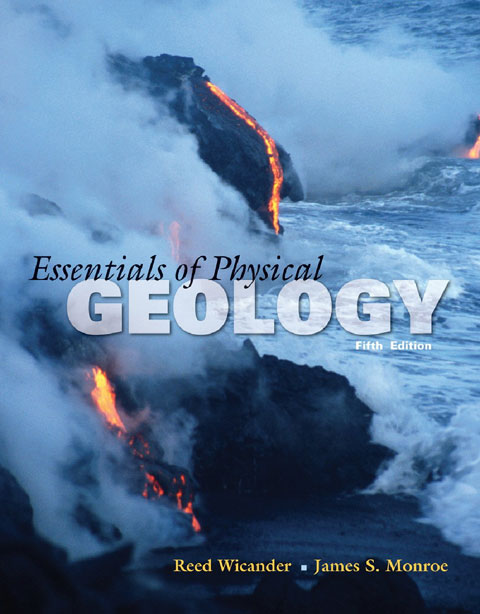
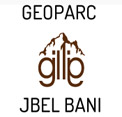
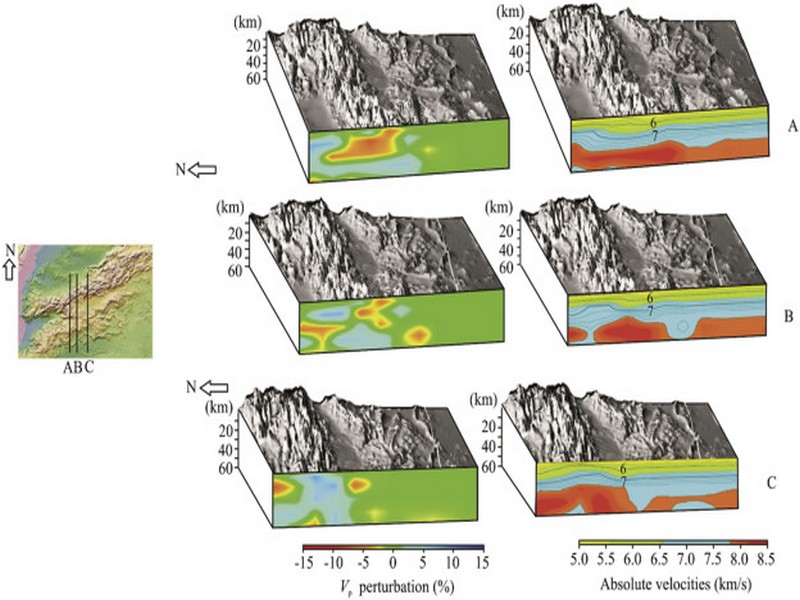
CENTRAL ANTI-ATLAS TRAVERSE: the northern border of the West African Craton
By DR. M. OUKASSOU, DR. H. EL HADI, DR. F. HAISSEN, DR. N. SABER
ITINERARY and OBJECTIVES
The south of Morocco is one of the most attractive touristic areas with diversified landscapes from snowy mountains to desert plains. The High Atlas with his 3000 to 4000 meters forms a major climatic barrier to the Atlantic perturbations, which account for the arid climate of the Anti Atlas sub Saharan domain south of the chain. These regions are occupied by berbere speaking populations with long hospitality tradition.
The two day trips follow most touristic roads and visit outstanding outcrops illustrating a central transect across the Anti-Atlas belt (figures G1 & G2), which corresponds to the external fold belt of the Hercynian (Variscan, Alleghanian) chain, but it also includes large Pan African inliers. The High Atlas formed during the Cenozoic at the expense of an aborted Triassic Jurassic rift. Therefore, three superimposed Wilsonian cycles can be illustrated during the trips. The itinerary will make possible to illustrate the complex geological history of these areas from 2 Ga to present day. Our purpose is to present and discuss various regional and thematic (sediment logical, structural, magmatic and
metamorphic) features, which record the main geodynamical events during this long geological history. Magnificent minerals (erhytrite, vanadinite...) and fossils (trilobites, goniatites...) can be purchased at many places.
During this field trip, the AgdzBou Azzer Tazenakht Agdzloop (figureG3)allows the participants to discover the PanAfrican belt (external platform domain in the Zenaga inlier, ophiolitic suture zone at Bou Azzer), the early volcano clastic cover sequence (late Neoproterozoic), and the mildly folded Early Paleozoic sediments (Cambrian and Ordovician).
Detailed road log for the trip are provided below along with Global Positioning Satellite (GPS) location at each stop. Note that all the stops are on public roads, and that the use of hammers and the collection of rocks are permitted.
Source web: DR. M. OUKASSOU, DR. H. EL HADI, DR. F. HAISSEN, DR. N. SABER sociedadgeologica.es
Les articles en relation

Les Touaregs
Les Touaregs Parmi les populations et civilisations réputées du désert est celle des “Touaregs”. Souvent stéréotypés “d’Hommes bleus” ou “de chevaliers du
Savoir plus...
Journée internationale de la prévention des catastrophes
Journée internationale de la prévention des catastrophes «Plus 90% des catastrophes de grande ampleur sont des phénomènes climatiques extrêmes» Instituée par une résoluti
Savoir plus...
Kasbahs et ksour du sud-est marocain: TAMGROUT (Géoparc jbel bani)
Kasbahs et ksour du sud-est marocain: TAMGROUT (Géoparc jbel bani) Ce ksar est situé à 25 Km de Zagora en direction de M'Hamid. Il est construit sur un plateau pratiquement désertique et comprend 200 h
Savoir plus...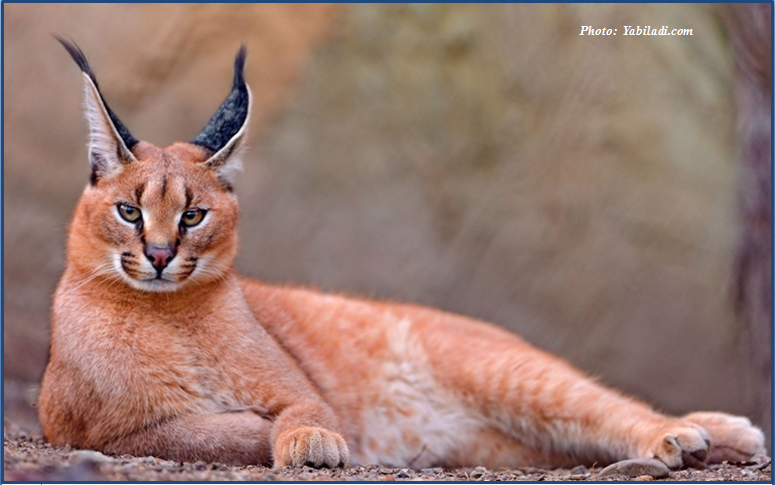
Mrirt: observation d’un caracal
Mrirt: observation d’un caracal Un ornithologue marocain a observé un caracal à l’état sauvage, la semaine dernière, dans la région de Mrirt. Encore une de ces nouvelles qu’on aime. L
Savoir plus...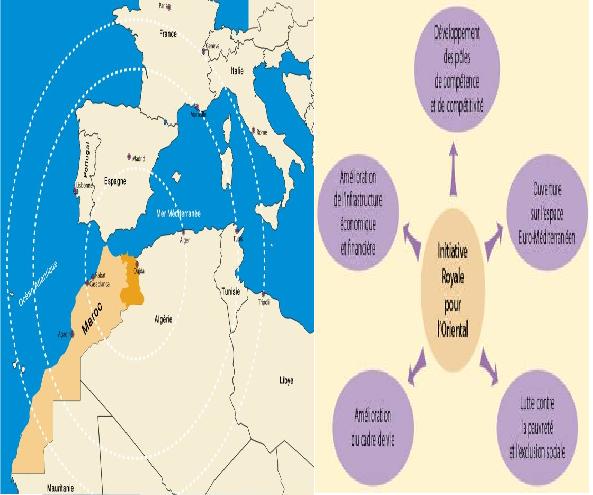
l’Initiative Royale pour le Développement de l’Oriental ou la dynamisation des patrimoines humains, culturels et naturels de la Région pour Taoufiq BOUDCHICHE
l’Initiative Royale pour le Développement de l’Oriental ou la dynamisation des patrimoines humains, culturels et naturels de la Région pour Taoufiq BOUDCHICHE Monsieur Taoufiq BOUDCHICHE &nb
Savoir plus...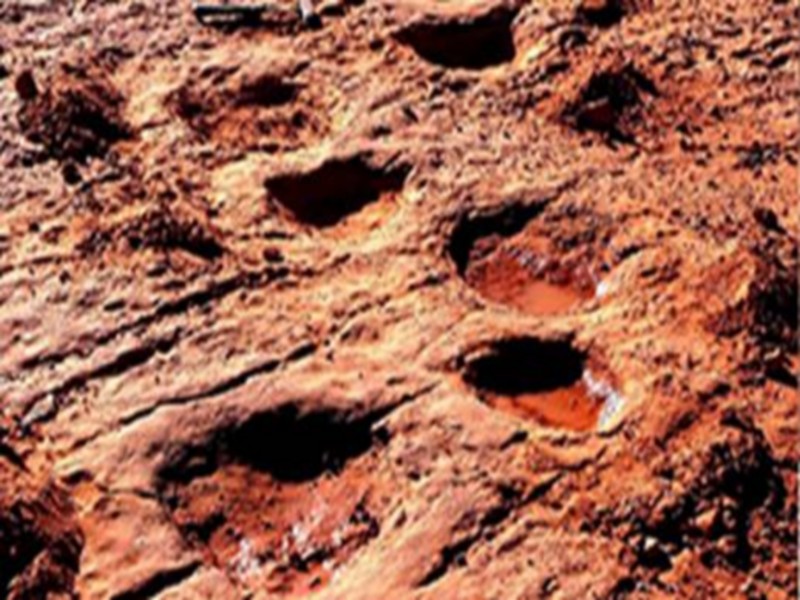
Des dinosaures à Figuig
Des dinosaures à Figuig C’est inédit. Une équipe du laboratoire des «gîtes minéraux, hydrogéologie et environnement», de l’Université Mohammed Ier, a réce
Savoir plus...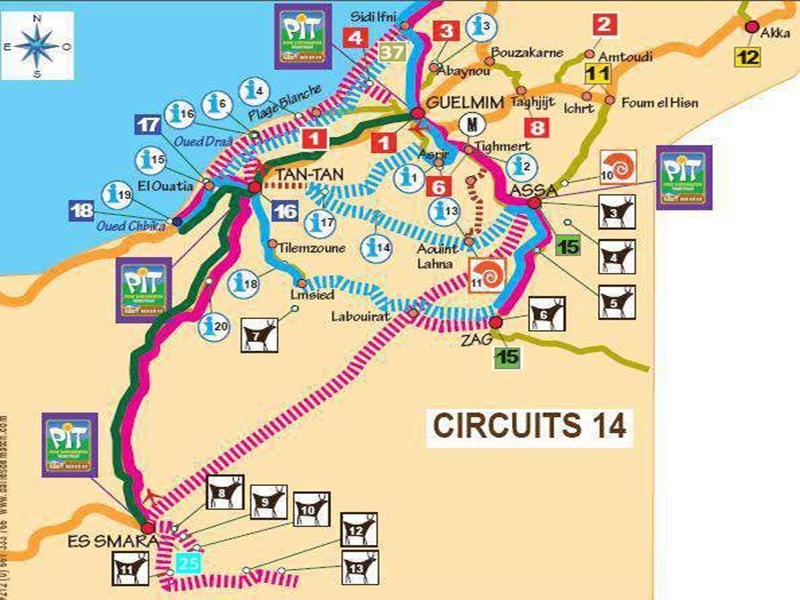
Circuits pistes du Sud Maroc-géoparc jbel bani
Circuits pistes du Sud Maroc-géoparc jbel bani Avec 4x4 : Sidi Ifni - Foum Assakak - Plage Blanche - Oued Draa - Tan Tan - (*) El Ouatia - Es Smara - Labouriat - Assa - Tan Tan - Asrir OU (*) El Ouatia - Lmsied - Zag - Assa
Savoir plus...
Aidez la Nasa à nommer cet étonnant astéroïde
Aidez la Nasa à nommer cet étonnant astéroïde Aux confins du Système solaire, à plus de 6,5 milliards de kilomètres de la Terre, l'énigmatique 2014 MU69 attend son surnom. La
Savoir plus...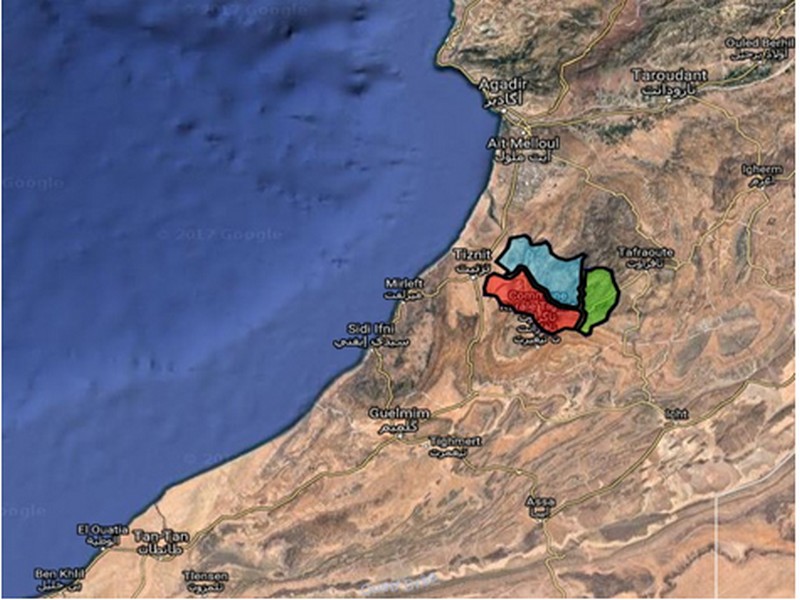
La Tribu Ida Oultite
La Tribu Ida Oultite Histoire d'Ida Oultite Ida Oultite est composée de trois tribus berbère du même origine: 1. Ida Garsmouk 2. Ida Baakil
Savoir plus...

Un nouveau télescope pour révolutionner l'astronomie amateur
Un nouveau télescope pour révolutionner l'astronomie amateur Un nouveau télescope développé par la start-up française Unistellar peut mettre l'univers profond à la porté
Savoir plus...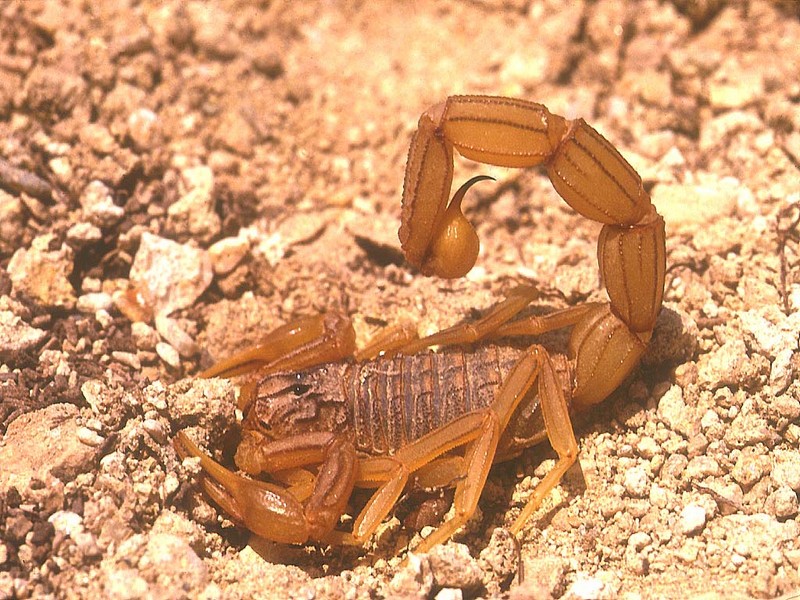
Les scorpions du Maroc (liste, photos et précautions)
« Les scorpions sont un ordre d’arthropodes de la classe des arachnides. Ils se distinguent des araignées par leurs pédipalpes en pinces et par l’aiguillon venimeux qu’ils
Savoir plus...Les tags en relation
En savoir plus sur " Géologie et TSGJB - AMDGJB ! "
Consulter les vidéos de " Géologie et TSGJB - AMDGJB ! " Consulter les photos de " Géologie et TSGJB - AMDGJB ! " Consulter les publications de " Géologie et TSGJB - AMDGJB ! " Consulter les éditions de " Géologie et TSGJB - AMDGJB ! " Consulter les communications de " Géologie et TSGJB - AMDGJB ! "Recherche du site
Recherche avancée / SpécifiqueVulgarisation à la géologie
Qu'est ce que les sciences de la terre: vulgarisation Qu'est ce que la géologie ? Géologie et TSGJB - AMDGJB !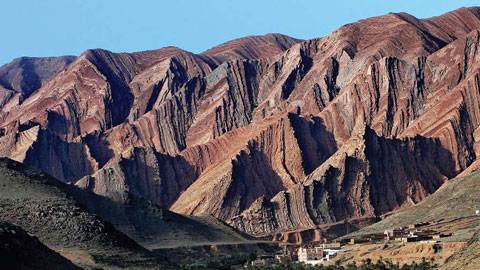
Géoparc et Recherche Scientifique
Le coins de l’étudiant
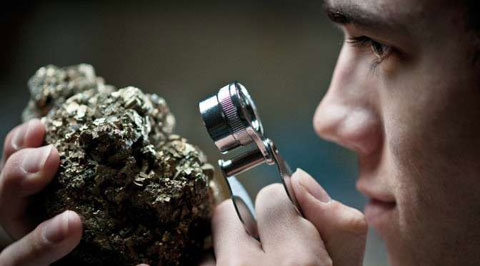

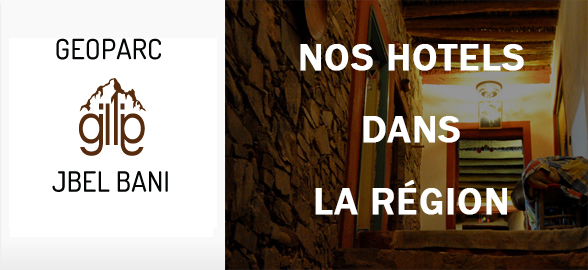
Blog Géoparc Jbel Bani
Dictionnaire scientifique
Plus de 123.000 mots scientifiques
Les publications
Géo parc Jbel Bani

Circuits & excursions touristiques

cartothéques
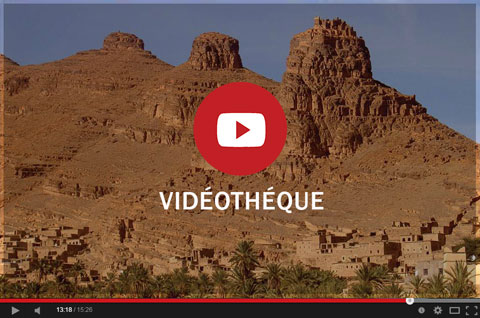
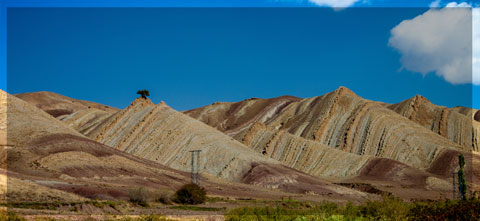
Photothéques
Publications & éditions
